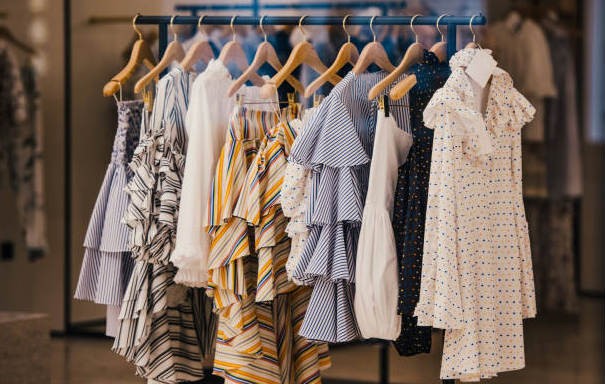The Timeless Art of Women’s Clothing
The Timeless Art of Women’s Clothing
Blog Article
Clothing for women is more than simply a requirement; it is a constantly evolving art which reflects the values of society as well as personal style as well as a sense of cultural personal identity. Through the years, the fashions of materials, designs, and functions of clothing for women have evolved dramatically, influenced by history geographical, cultural, as well as technological advancement. From extravagant gowns worn by European royalty to the minimalist design of the modern day, women's clothing has always changed to reflect the changing roles and aspirations of women in the society. Today, the industry is not just a celebration of individuality and innovation, but lets women make decisions which reflect their personal style and beliefs. Women's clothing remains a dynamic and vital aspect of our society.
The evolution of women's clothing is closely linked to the historical and cultural shifts. The clothing of the past was mostly functional and designed to protect and provide convenience. With the advancement of civilization, clothes became symbols of prestige, power, as well as a sense of cultural identities. As an example, the flowing togas of ancient Rome symbolized sophistication and wealth, while ornate hanboks in Korea represented elegance and traditions. In the early 1920s, flapper dresses of 1920s represented freedom and rebel in the 1920s, when women challenged boundaries against traditional norms. Today, fashion continues to evolve, embracing the concept of sustainability, inclusivity and innovations, catering to women of various backgrounds and lives. This ongoing transformation underscores the way clothing evolves in response to constantly changing roles and demands of women.
The influence of culture has played a significant role in shaping women's clothing around the world. Clothing that is traditional like the saree from India and the hanbok in Korea, or the cheongsam in China highlights the rich heritage and craftmanship of each area. They aren't just useful; they convey the stories of their owners, as well as values and a deep connection to past events. These historical elements are frequently merged with modern designs to create designs that celebrate traditional styles and embrace innovation. This fusion of the old and modern lets women honor their past while being at the forefront of global fashion trends, fostering a sense of pride and uniqueness.
Sustainability has emerged as an important aspect of the pavine clothing store fashion industry, as environmental concerns drive change regarding how clothes are designed as well as produced and consumed. The fast fashion model, that emphasizes disposable and cheap clothes, has been criticized for its environmental and social impact. As a result, many women are opting for sustainable alternatives, such as environmentally friendly fabrics, second-hand purchases, and upcycled designs. Fashion labels are also using ethical business practices, assuring decent working conditions for their employees and decreasing waste. This move towards sustainability is not just beneficial to the environment, but it also empowers women to make decisions in line with their ideals, creating a meaningful relationship between responsibility and fashion. To obtain additional details please head to https://pavine.co.id/
Women's clothing also serves as an effective tool to empower and self-expression. Women's clothing can impact their mood and also what they're perceived as. A tailored suit can evoke confidence and authority, while an extravagant dress could reflect the individuality and independence. The freedom today to choose what to wear is a reflection of progress, as women no longer are governed by the rigid expectations of society. Fashion that is gender neutral has expanded the possibilities, allowing women to experiment with a wider range of designs. This shift has turned clothing into a medium of personal narrative, in which each piece of clothing is a reflection of character, ambition and even mood.
Women's clothing is a vibrant changing and constantly evolving field that represents the interplay between fashion, culture, and empowerment. From its origins in the past to its role in modern sustainability and self-expression It continues to define and be shaped by women's lives around all over the globe. As fashion embraces inclusivity, innovation, as well as environmental sustainability and reaffirms its importance in more than an essential need. The women's fashion industry is a powerful force that celebrates diversity, encourages creative thinking, and allows women to express themselves authentically which will ensure its value and influence on generations to come.